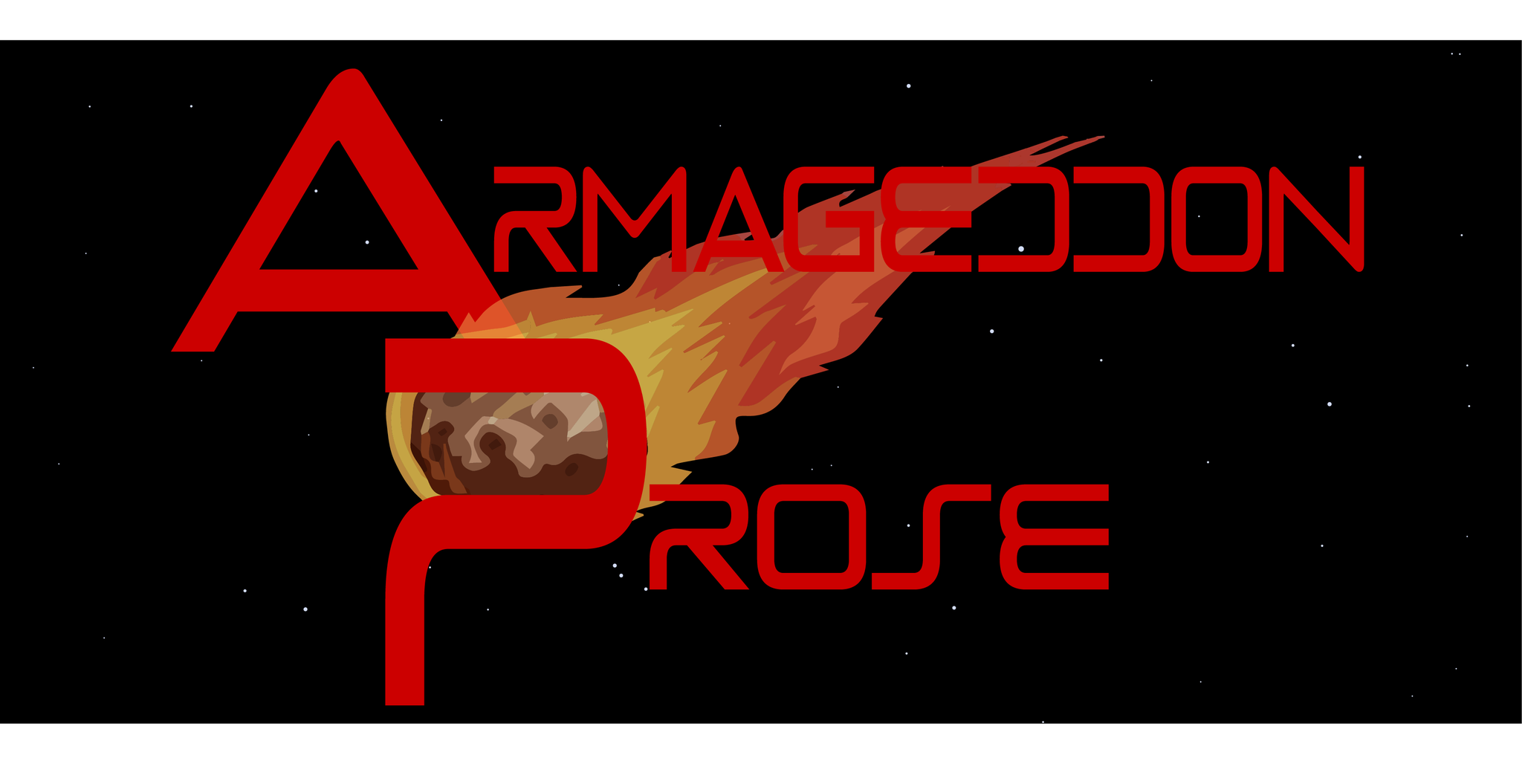Walking the seaside streets of Batumi, or the cosmopolitan avenues of ultra-modern Tbilisi, or even the mountainous underpasses of rural Borjomi, the astute observer of street art can’t help but pick up on a most peculiar common thread: the ubiquity of Nazi symbolism.

The irony isn’t lost on me and, I imagine, not on any Georgian familiar with Nazi ideology: the darker skin tones, black curly hair, and Caucasian-but-not-Aryan features of the majority of Georgian people would have been met with disapproval by the Third Reich. These are not “God’s chosen people” as the Nazis envisioned.
There appears to be great heterogeneity among Georgians: some look more European while others appear more Middle-Eastern. Perhaps this divergence is the result of thousands of years of cross-border conquest and interbreeding of various ethnicities. (Fascinatingly, the Nazis themselves, who were famously obsessed with genetics and race, actually put together an ethnographic map of the Caucasus region to highlight their diversity.)
In any case, the most salient question in this regard boils down to: “are Georgians white?” They’re certainly Caucasian (as Georgia is located literally in the Caucus Mountains) but it’s a stretch to call them “white.”
Hitler famously regarded even the Slavs — who do, in fact, frequently have blonde hair and blue eyes — as “Untermenschen” (“subhuman”). The olive-toned Georgians would not have received a greater appraisal.
So why is Nazi imagery so commonplace?

Occam’s Razor – the axiom that the simplest answer is most likely to be correct – might suggest that the Swastika is simply regarded as a well-known subversive symbol with immense shock-value, and therefore a favorite of edgy, angsty teenage vandals.
But, perhaps, the answer is a bit deeper.
On more than one encounter with Nazi graffiti, I have noted its co-occurrence with the NATO symbol. Accordingly, I offer a tentative alternative theory that the affinity for Nazi symbolism might have something to do with Anti-Russian sentiment. The Nazis fought the Soviets tooth and nail, and treated their prisoners of war infamously brutally. Each side lost tens of millions of soldiers.

The Nazis killed nearly 30 million Russians.
—————–
Georgians harbor no shortage of anti-Russian hate in their hearts, and they’re not shy about expressing it in profanity-laden tirades about Putin.
Russia invaded the disputed territory of South Ossetia in 2008, an enormous swathe of the relatively small Georgian territory that it still occupies today.

The shared recent history between Ukraine and Georgia vis-a-vis invasion by the giant to the northeast has resulted in an outpouring of solidarity and goodwill from Georgians to Ukrainians. My wife receives warm receptions virtually everywhere we go after they inevitably ask where she’s from and she responds (ironically, in Russian, the shared language of all post-Soviet states).
“Slava Ukraini,” they invariably respond. (“Glory to Ukraine!”)

I consulted local sociological researcher Badri Kutelia for insight. Here he offers his two cents on the Nazi imagery phenomenon, as it might pertain to nationalist sentiment:
“Russian aggression is not less brutal and inhuman than Nazi Germany’s against Slavic countries or nations of ‘second quality’. I agree with Pres. Ronald Reagan that it remains… the Evil Empire.”
But, to the extent that Nazi graffiti reflects any true social or political movement, Kutelia quashed that notion, adding that “so-called Nazism is absolutely irrelevant in Georgia.”
For what it’s worth, I never encountered any Georgian actually wearing Nazi paraphernalia or expressing sympathy for the ideology, or any organized movement of any kind espousing it, which lends credence to the initial theory that it’s primarily a silly attention-grabbing tactic among graffiti-ers to provoke a more visceral reaction their artwork.
Ben Bartee is an independent Bangkok-based American journalist with opposable thumbs. Follow his stuff via Armageddon Prose and/or Substack, Patreon, Gab, and Twitter.
Bitcoin public address: 14gU3aHBXkNq8bDqmibfnubV7kSJqfx5LX










